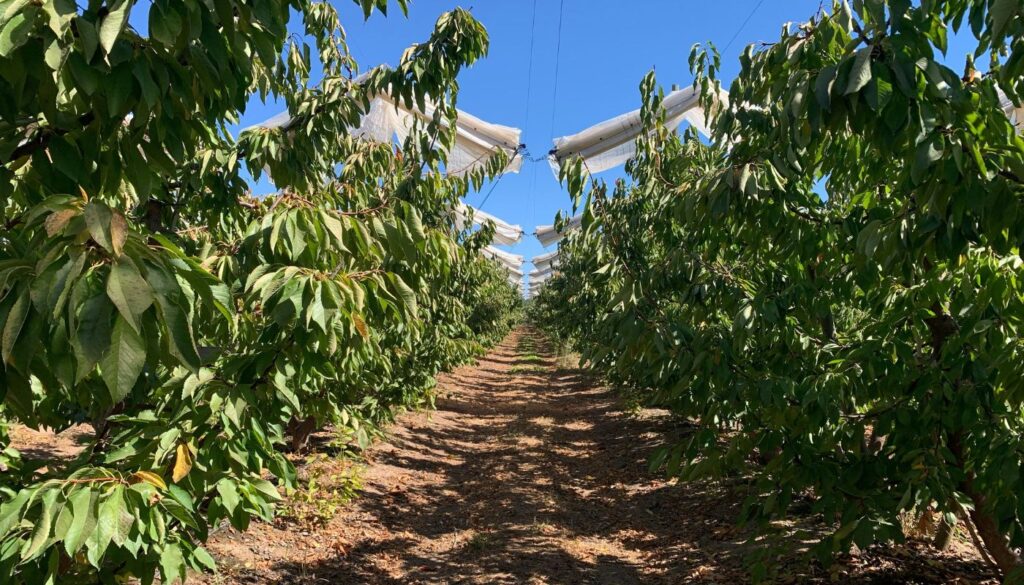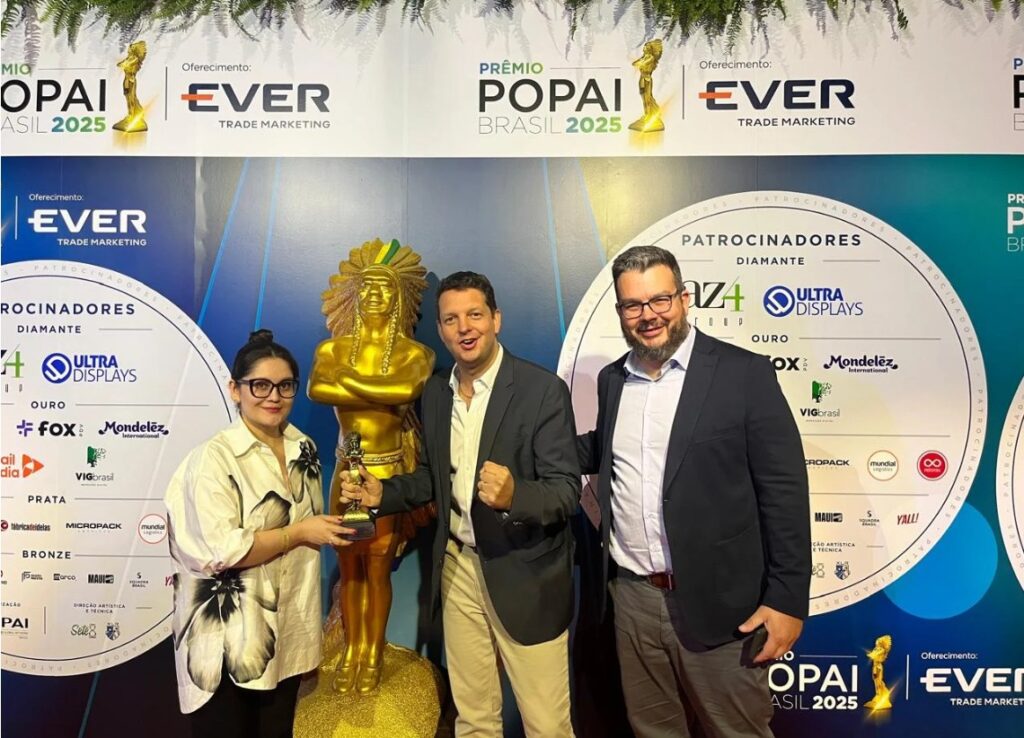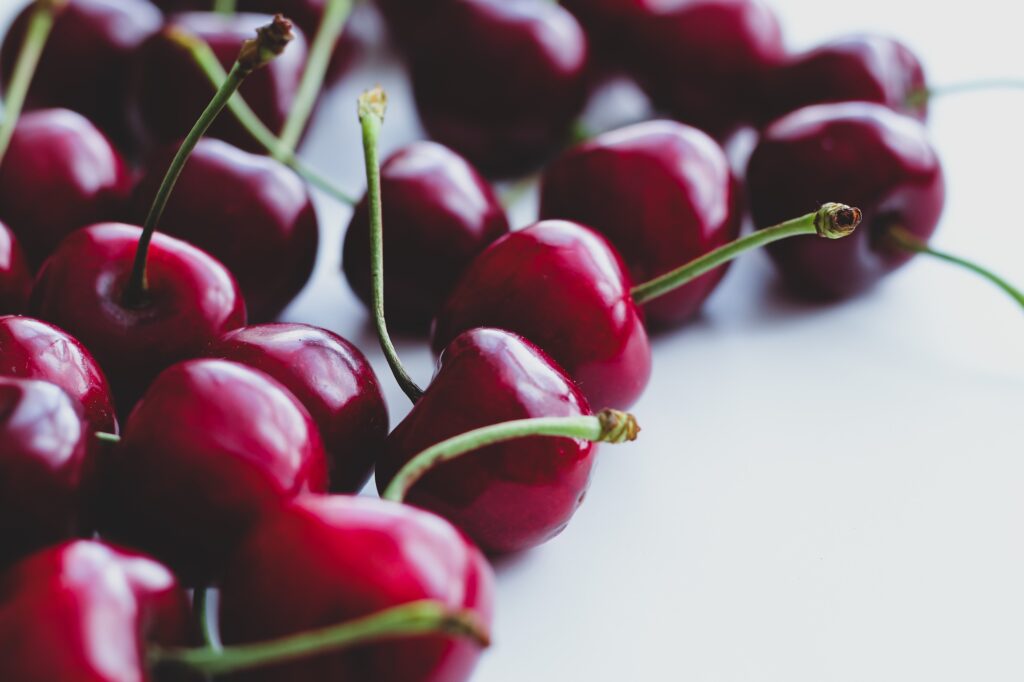However, “all producers are extremely committed to their crops,” says the leader of the fruit industry, Jorge Valenzuela. “We are serious suppliers and we are going to fulfill our commitments as fruit growers, in terms of time, quality, volume and form.”
After the heavy rains that have been hitting since October to date, “Today we are detecting a greater proportion of damage in early cherry varieties such as Santina,” says the president of Fedefruta, Jorge Valenzuela.

The leader mentions that in the orchards cracks are being seen due to the October rainfall, and "what we call 'half moon' in the areas of insertion of the peduncle”, due to the last frontal system.
“All the early varieties from areas that are just early for harvesting this species are the most compromised,” explains Jorge Valenzuela“It depends on the location, but in some areas we have found up to 50% of damage. We believe, as a general estimate, that there is at least 30% less damage in early cherry varieties.”
However, “All the producers are extremely committed to their crops,” he says. “We have had to use turbo-dryers in the fields, apply calcium chlorides, with products that protect and generate a kind of wax that helps prevent the cherries from breaking. We have even used helicopters to dry the orchards.”

This situation, in any case, does not rule out good results for the early cherry harvest, even though it means an increase in production and packing costs for the optimal selection of the fruit.
“The important thing is to carry out preventive and curative applications, because the fundamental thing is to maintain a healthy and quality fruit so that it can travel well and reach consumers with quality,” concludes the president of Fedefruta. “We are serious suppliers and we will fulfill our commitments as fruit growers, in terms of time, quality, volume and form.”








